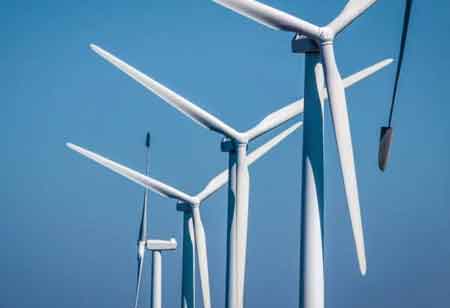Big data enables the firms to have a detailed as well as a holistic view of the wind fleet operations.
FREMONT, CA: The aging turbine fleet, coupled with increased operational costs, is driving the wind project owners to alternative technologies to optimize the performance of their assets. Many of the owners are eyeing digital solutions such as the internet of things (IoT) and big data to address the above challenge. Various components involved in the operation of wind fleets produce massive amounts of data each day. Thus, there is an immense potential for the wind project owners to collect and process the vast repositories of data to achieve enhanced wind fleet’s performance. Further, the complexity and uncertainty involved with wind energy systems make big data and data analytics even more essential.
The use of big data advanced analytics to monitor the wind system's performance can enable smart decisions. When it comes to wind fleets, it is beyond human capacity to collect and comprehend the huge data streams that are generated every second. Alternatively, sensors and advanced analytics capabilities can be used for the above purpose. The insights gathered using sensors and analytics capabilities can significantly reduce the maintenance costs of wind energy.
The structural design and engineering of wind fleets is complex, comprising of a number of individual components. Manual evaluation of a single model might involve a search across a combination of components. Alternatively, big data capability can be a key technology when it comes to monitoring and enhancing the performance of individual components of the wind systems. Big data, coupled with sensor technology, offers a network of monitoring capability that can offer real-time updates to the concerned personnel.
The use of big data and sensors is optimizing the operational aspects of wind energy systems. Further, advancement in data technology will drive the next level of transformation in this industry.















